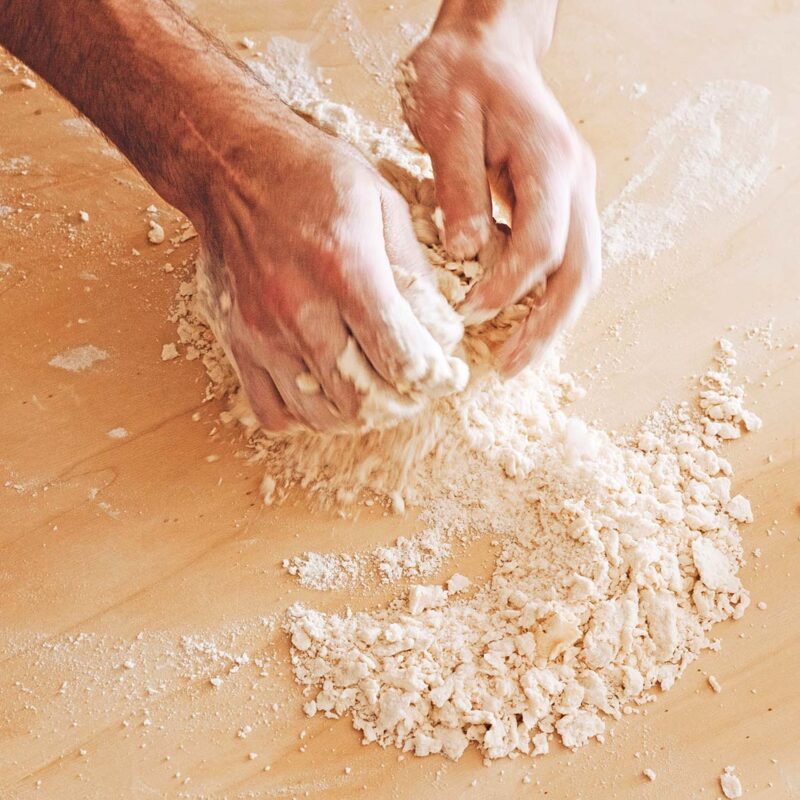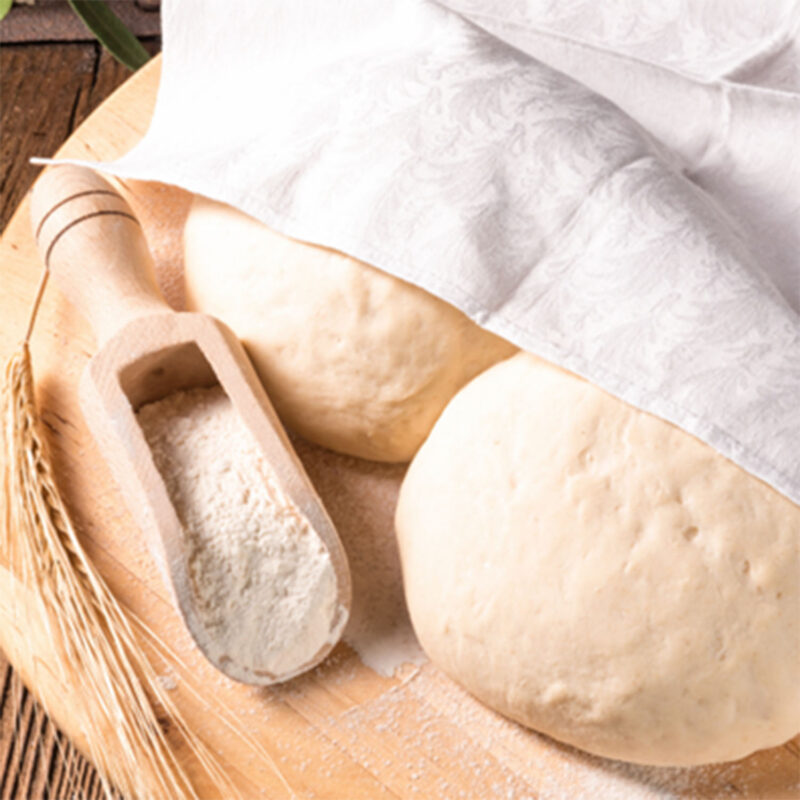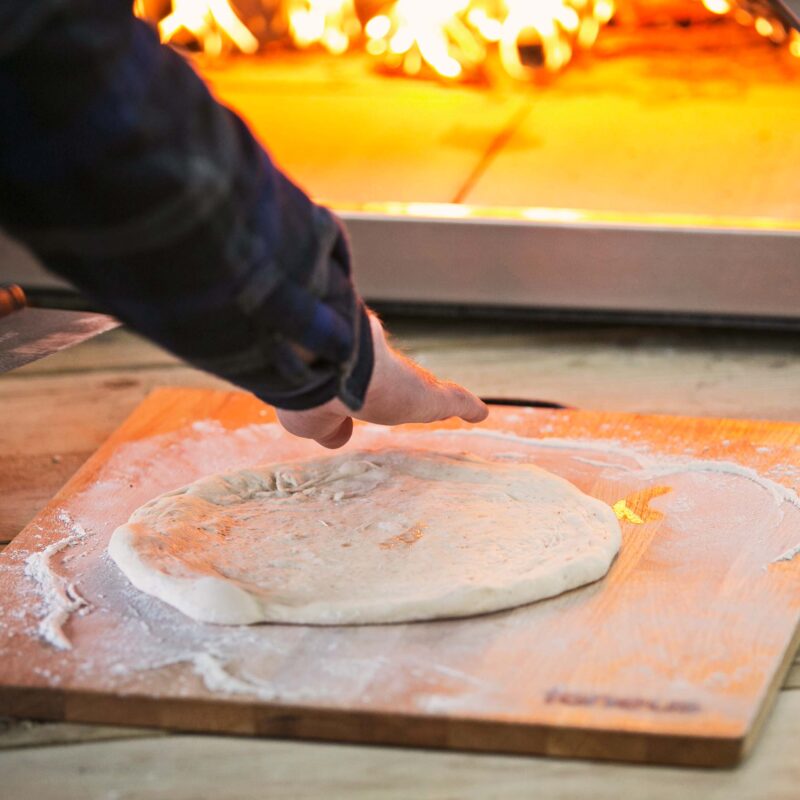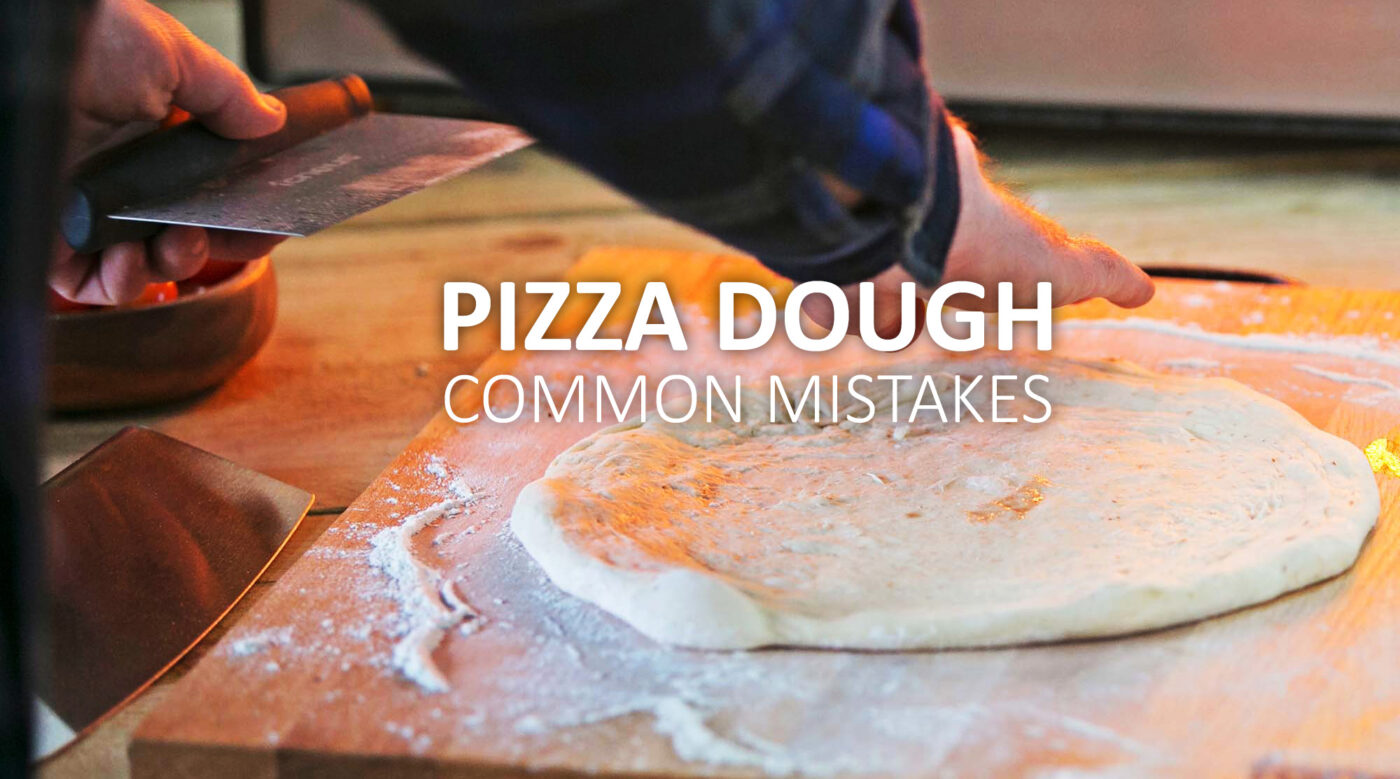Tips & tricks!
5 Common Mistakes When Making Pizza Dough
For anyone who’s ever made their own pizza dough, we commend you! It’s often more than temping to ‘add to basket’ and save yourself a bit of time. Despite the array of really good quality frozen doughs that are on the market these days, there’s nothing that beats the charred, smoky flavour and chewy, aerated texture of proper homemade pizza dough, and of course the satisfaction of making it yourself from scratch. However, although in theory it’s easy to make, and comprises very few ingredients, it can go wrong. So, we’ve put together a helpful guide of the most common mistakes, and of course how to avoid them!
Let’s dive in…


 We hope you enjoyed reading our pizza dough common mistakes, and hopefully you’ll find the tips useful when making your next batch. And if you’ve never tried making homemade dough, this should steer you in the right direction.
Thanks for reading!
Team Igneus
We hope you enjoyed reading our pizza dough common mistakes, and hopefully you’ll find the tips useful when making your next batch. And if you’ve never tried making homemade dough, this should steer you in the right direction.
Thanks for reading!
Team Igneus

1. Wrong type of flour
Flour is flour, right? Wrong! Of course, you knew that. But who knew there was so many different types?! Without getting too bogged down in the science of why certain types of flour are better than others, ‘00’ Italian flour is generally considered to be the perfect choice, especially for an authentic Neapolitan pizza. ‘00’ flour is a classification of flour that’s white and low extraction (meaning it’s the whitest and finest flour in Italy). The problem is if you type ‘pizza dough recipe’ into Google you’ll be hit with literally millions of recipes all claiming to be the best, and guess what, they all use different types of flour! Well, we’re not going to fall into that trap. All we’ll do is urge you to keep it simple. The best pizza shouldn’t be complex in the slightest, so stick to using ‘00’ flour, along with water, salt, yeast and olive oil to make your dough, and you’ll be absolutely fine.2. Not measuring ingredients
It’s easy to justify a dough that’s gone wrong by saying, “it’s rustic’. Trust us, we’ve been there. But if you want to perfect your pizza creations, we strongly advise measuring your ingredients to an exact recipe. Of course, when you’ve made the same dough 20 times you’ll likely have a good idea of how much of each ingredient is required, so you might then get away with using a spoon or cup to measure out the ingredients. But until you reach that point, we’d advise using digital scales and always measuring in grams, for absolute precision. Whichever way you look at it, making dough is a science by its very nature, so a few grams either way can make a massive difference to the end product.
3. Not letting it rest
Patience is a virtue as they say. But in the world of pizza dough, it couldn’t be more true. One of the biggest mistakes we see is people mixing a wonderful dough, and then rushing to the next step. You HAVE to let the dough rest for around 30 minutes at room temperature. This allows the gluten to relax so the dough can be easily stretched, and the end result once cooked is soft and pillowy and has a chewy texture. On the subject of resting, it’s also a common mistake to either leave the dough uncovered, or to cover with a dry tea towel. This causes the surface of the dough to dry out. It’s always better to prevent this happening in the first place but you can revive the dough by patting a small amount of cold water over the dough. The best way to stop your dough drying out is to place a sheet of clingfilm over the surface, or a very damp tea towel.4. Not kneading the dough for long enough
Similar to the mistake above of not letting the dough rest, kneading of the dough is also something that’s often rushed, likely because it’s difficult to know exactly when the dough has had the required amount of kneading time. Essentially when kneading, you’re rearranging the molecular structure of the proteins, so the texture becomes smoother the more you knead it. A good rule of thumb if kneading by hand is to do it for 10-15 minutes. The dough should begin to look smoother, and hold its shape when placed down, rather than oozing or sagging. You can also poke the dough, and if it bounces back immediately it’s a sure sign it’s ready. Pro Tip: Don’t add too much flour to the working surface when kneading your dough. By doing this you’re essentially changing the composition of the mix and therefore the hydration ratio of the dough.
5. Using a rolling pin
We’ll finish with a classic. Using a rolling pin to form the pizza. This is a big no no in Italy! By using a rolling pin, you’re basically undoing all your hard work in making a beautifully light and aerated dough. Rolling the dough with a pin forces all the air out of the dough and you’ll be left with a dense and tough base once cooked. Don’t worry though, we’re not asking you to spin the pizza dough above your head like they do in your local pizzeria! All you have to do is put a small amount of semolina or flour on a clean working surface and use your fingers to gently stretch the dough and form the circular base. Move your fingers from the centre to the edge of the base. This will create a thin base and slightly thicker edge which will become the curst when cooked. Don’t worry if it’s not perfectly round, this will come with practice!We know it can be hard choosing a pizza oven, our team can help you choose the right one for your needs. You can get in touch by calling us on 01423 575885
Shop now
